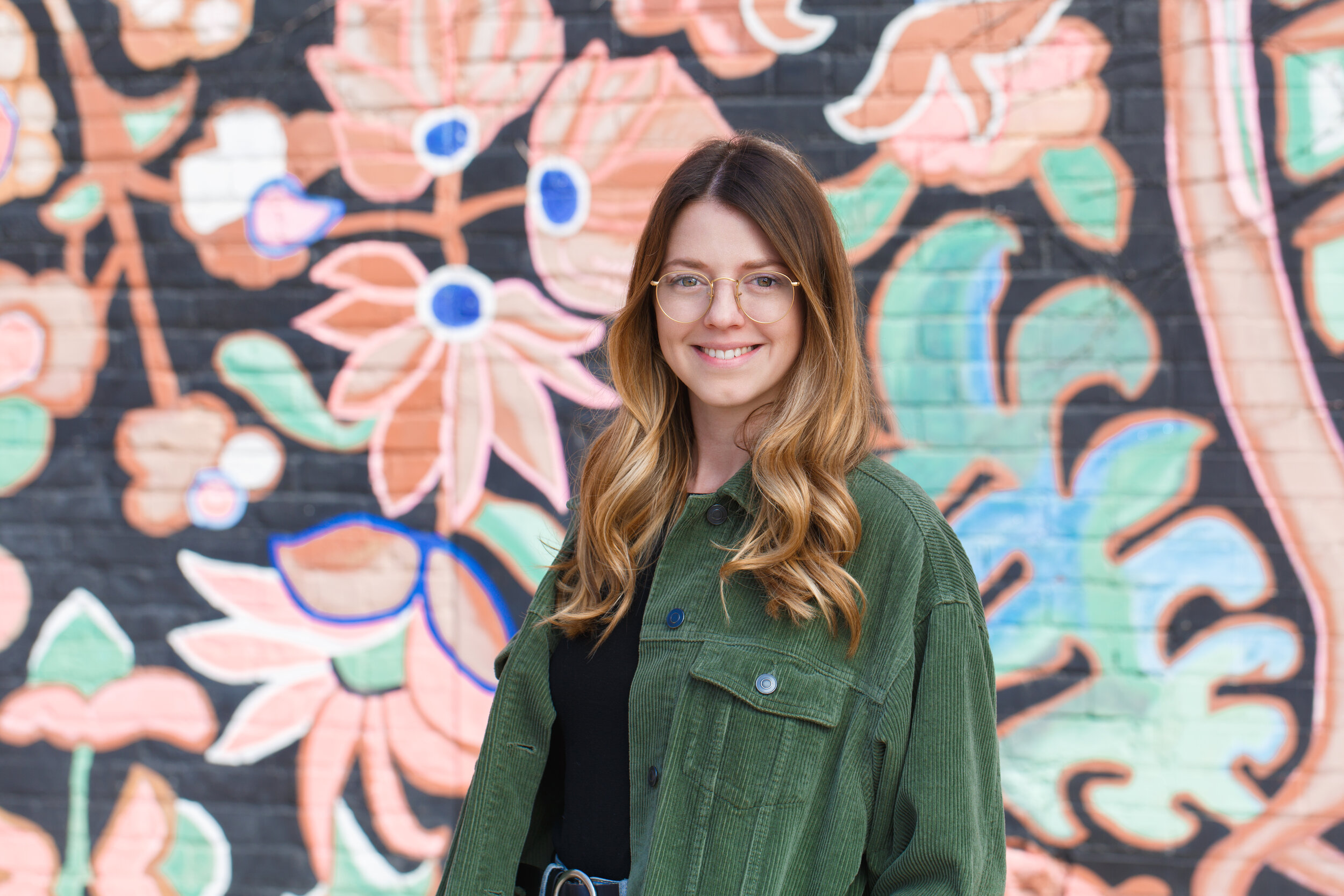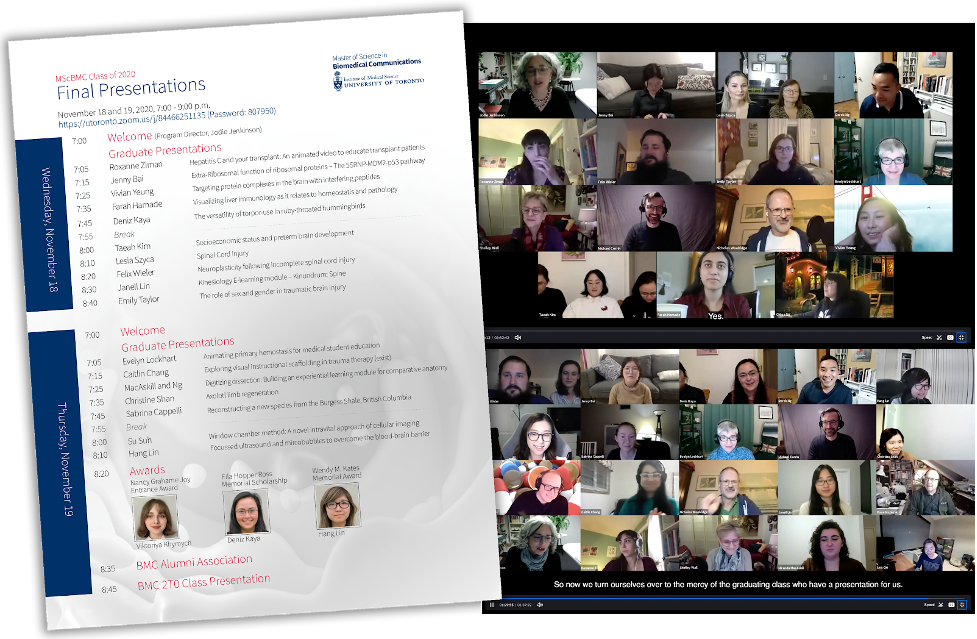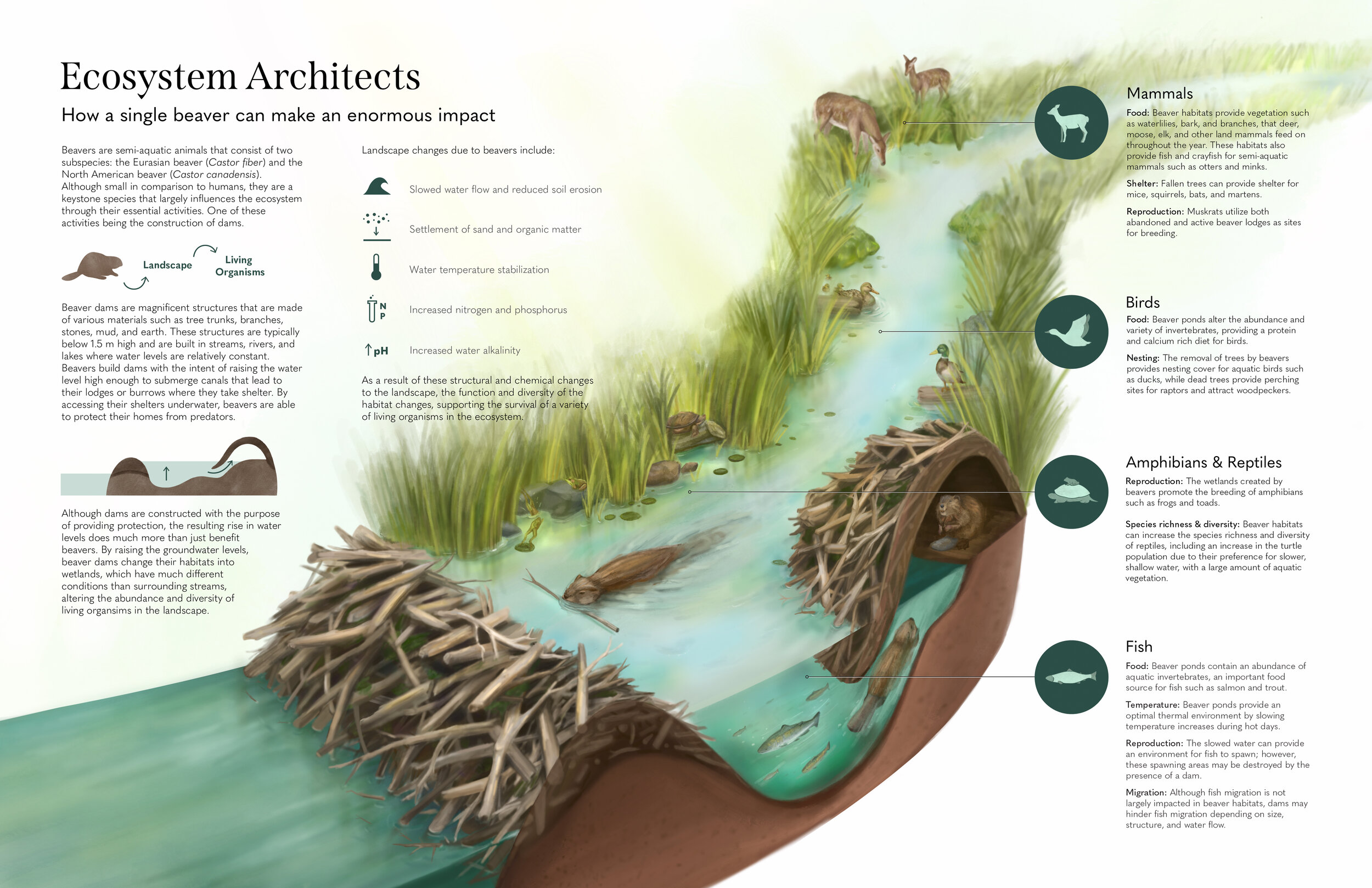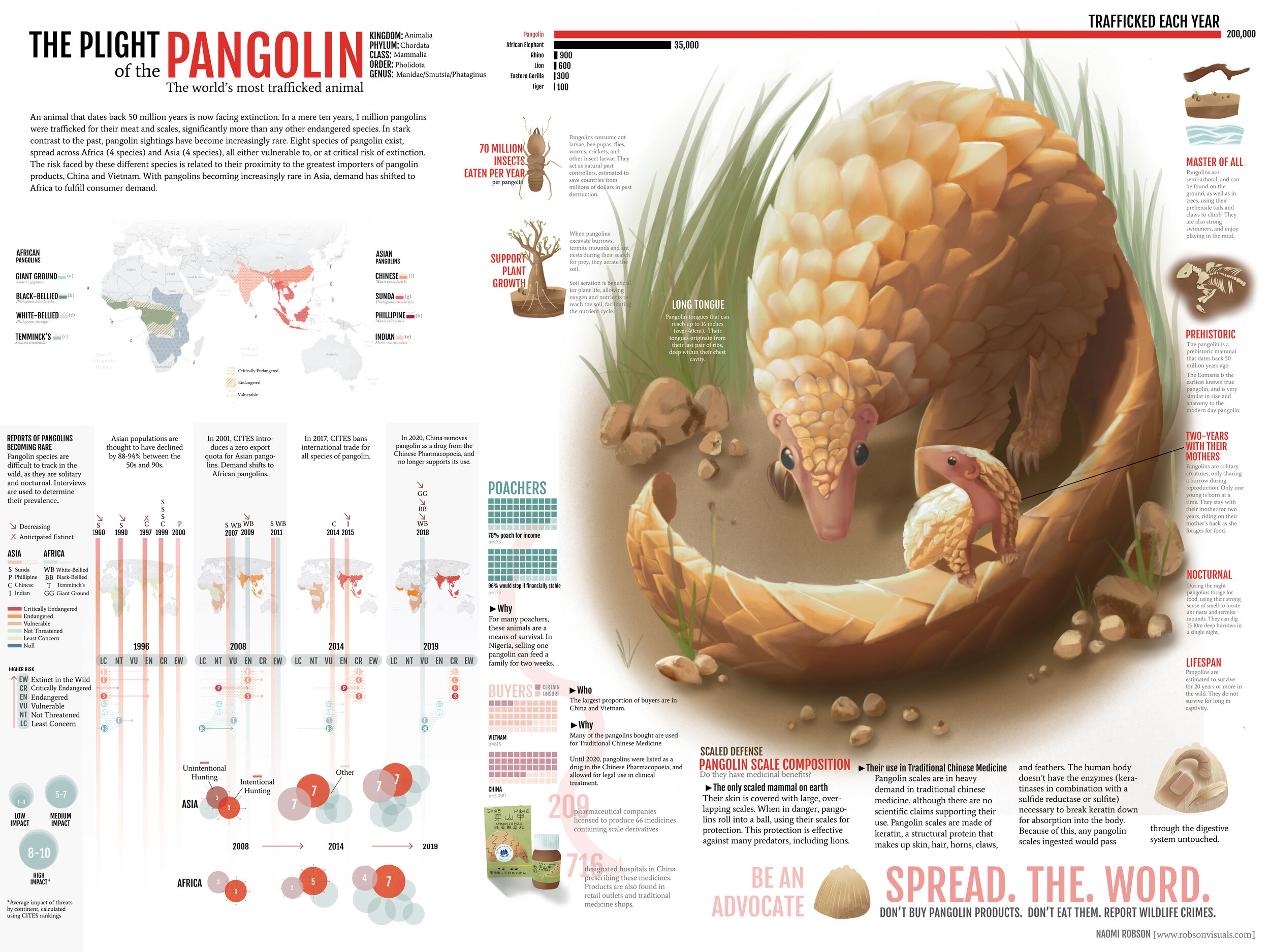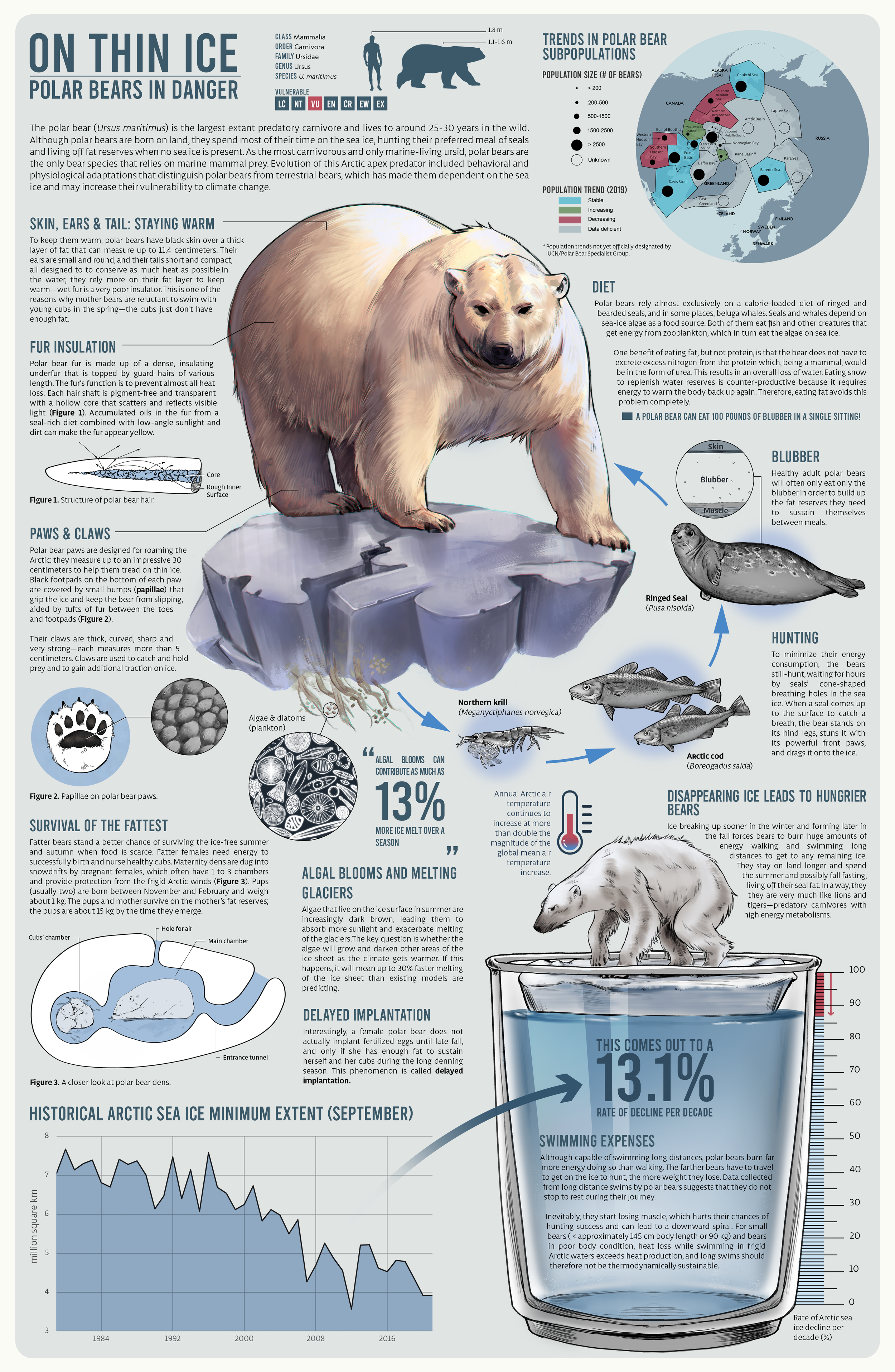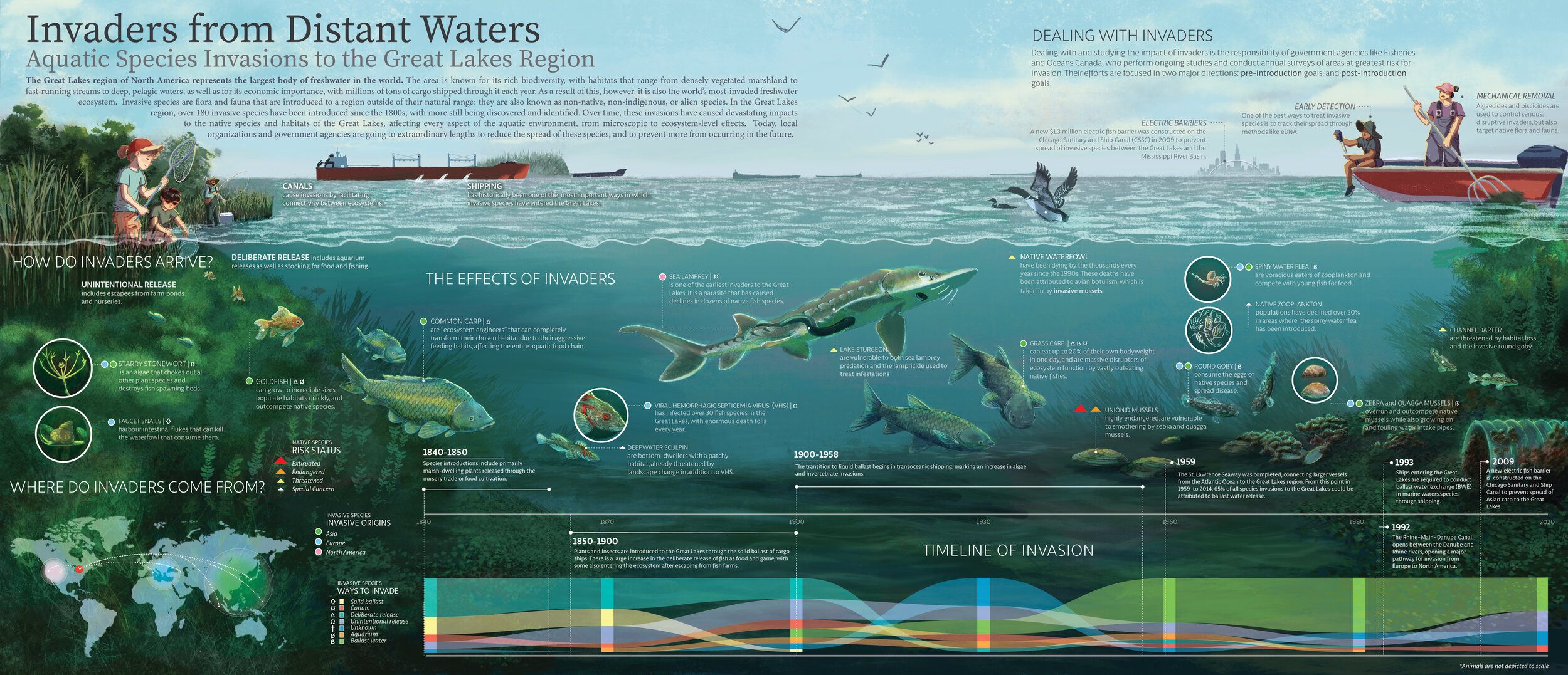Savanna Jackson, MScBMC, Class of 2017. Photo credit: Bridgeable
Biomedical communications and human-centred design:
A perfect marriage to help solve the world’s big healthcare problems
Human-centred design is critical to creating products, services and communications that truly address the needs and abilities of those who use them. Nowhere is this more important than in the world of healthcare and medicine, which touches every human at one time or another.
Fortunately, the skills that prepare us to be effective biomedical communications specialists also equip us to solve human-centred design problems. We apply those skills in both medical illustration and in filling communication gaps in the healthcare world.
In this talk, Savanna will give students a window into her path from the BMC program to the human-centred design field, explore what it looks like to practice this discipline in the context of biomedical communication, and show how incorporating human-centred design practices into your own work can help you better serve the needs of your audiences and clients.
Date and Time:
February 5, 2021
10:00 a.m. to 11:15 a.m. ET
(One-hour presentation followed by a 15-minute question-and-answer session)
Missed the presentation? View the video recording here: https://vimeo.com/509922130/87b9d934e3
The road less travelled–BMC Speakers Series 2021 full program: https://bmc.med.utoronto.ca/news-events/2021/1/31/the-road-less-travelledbmc-speaker-series-2021
Savanna Jackson, a senior service designer at award-winning design consultancy Bridgeable, translates complex problems, processes and experiences into clear and actionable opportunities to create better, more human solutions.
Jackson says that a Master of Science in biomedical communications from the University of Toronto equipped her with the visual design and communication skills to zero-in on the “so what?” From vast amounts of complex data, she builds meaningful narratives and conveys them through communications that both delight audiences and illustrate the optimal way forward.
Jackson also holds a Bachelor of Science in biology from McGill University and an Ontario College Certificate in design and applied arts from George Brown College. Follow @jacksonsassy on Instagram and Twitter.
Translating complex experiences into human solutions. Image Credits: Bridgeable

